CHARM
Type of resources
Available actions
Topics
INSPIRE themes
Keywords
Contact for the resource
Provided by
Years
Representation types
Update frequencies
status
Scale
-
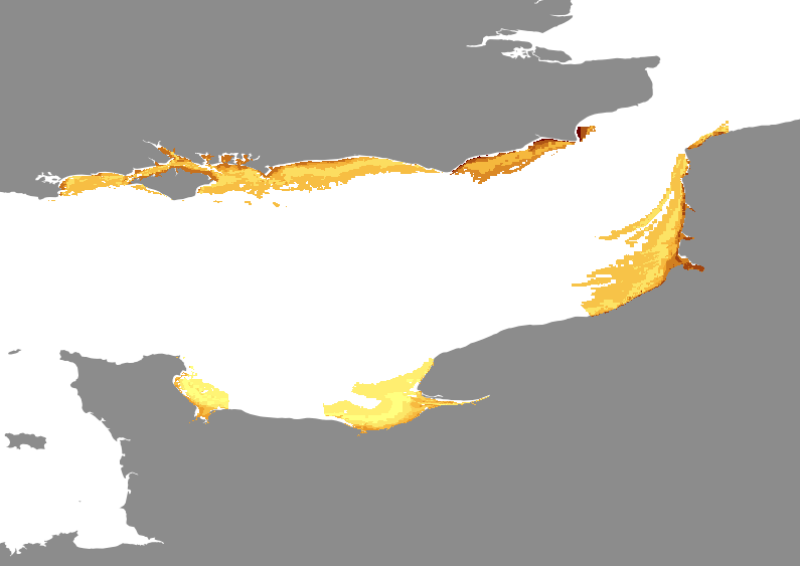
Modelised abundances of Solea solea in coastal nurseries.
-
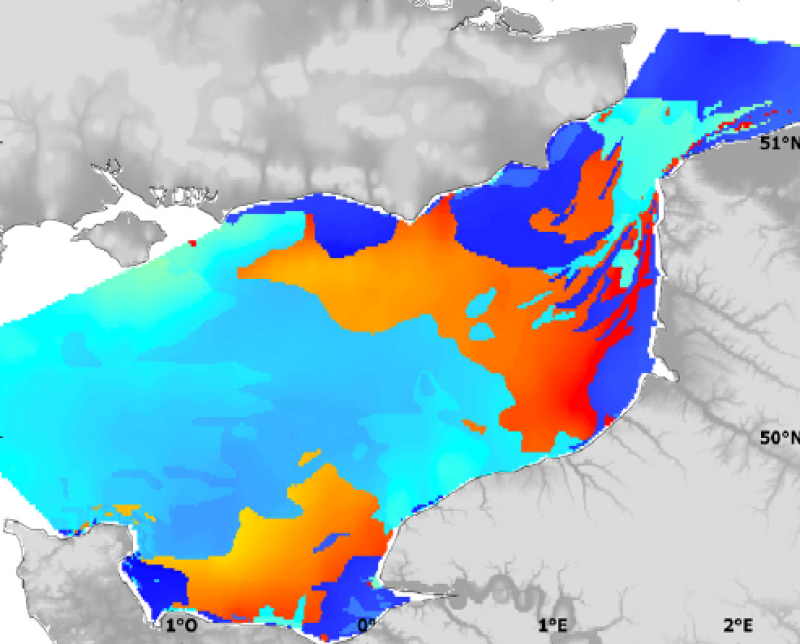
Modelised abundance of species or prediction uncertainty.
-
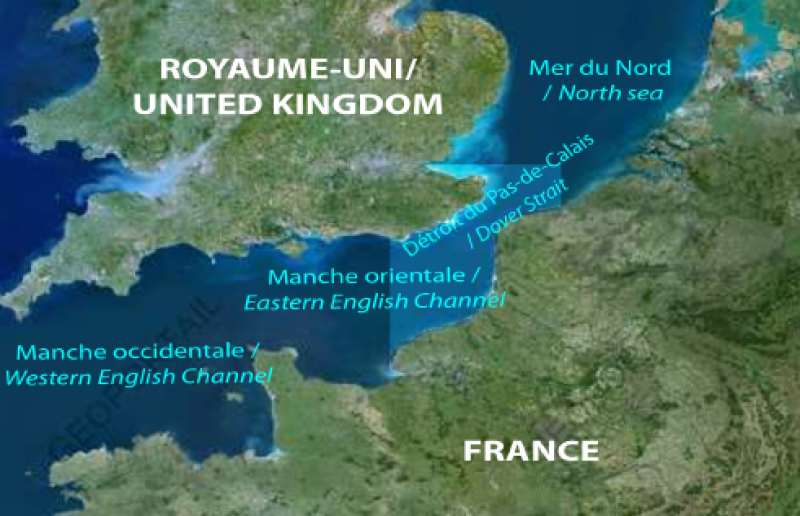
Polygons which delimited the geographical studied area of the CHARM I project and the CHARM II project. Polygons which delimited the geographical suggested area of the CHARM III project.
-
Biologic data have been expressed in abundance (numbers or density values (nbr/km²)) and always required to be log-transformed using a log10(x+1) transformation.
-
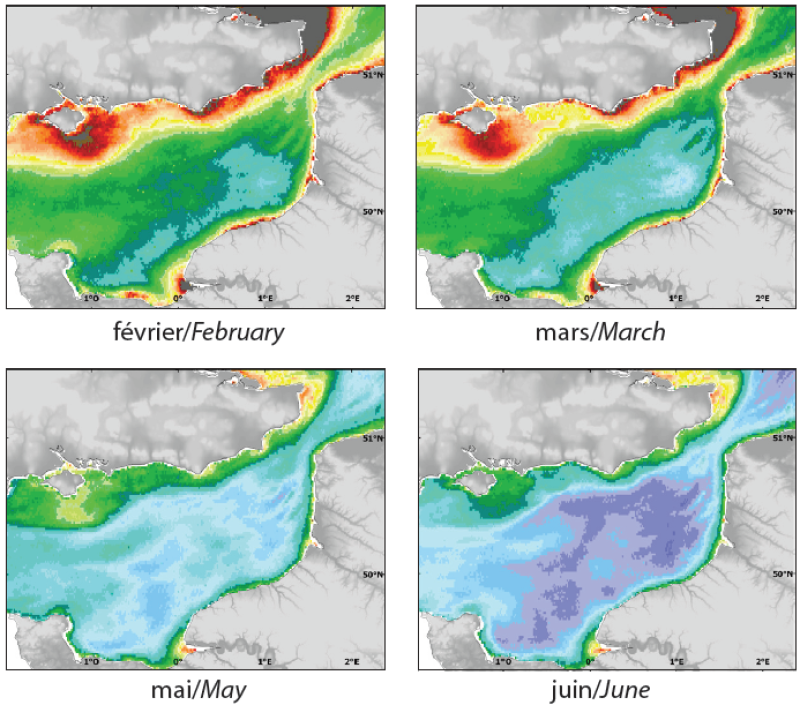
mineral Suspended Particulate Matter (g.m-3)
-
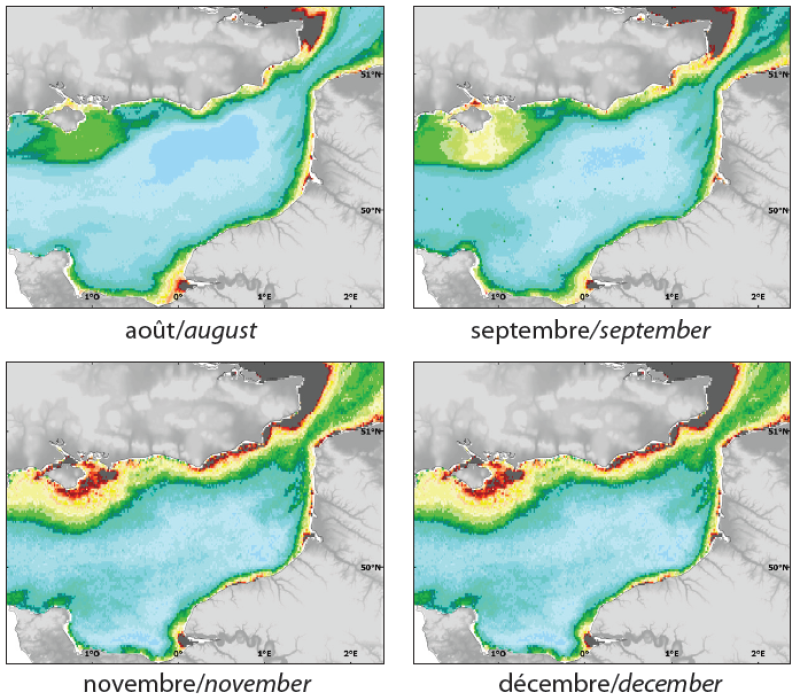
attenuation coefficient (KPAR, m-1)
-
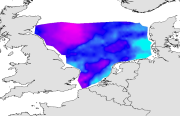
Temperature and salinity were measured, in situ at sea surface and at bottom during the IBTS surveys from 1980 to 2010 . Temperature and salinity were measured using CTD probe. The IBTS survey, which takes place each year in January, gives a good illustration of winter conditions.
-

Three environmental parameters were measured in situ during the REISE2 survey in April 1995. Temperature and salinity were measured using a probe. Fluorescence (mean for the water column) was measured using a fluorometer. This survey gives illustration of spring conditions.
-
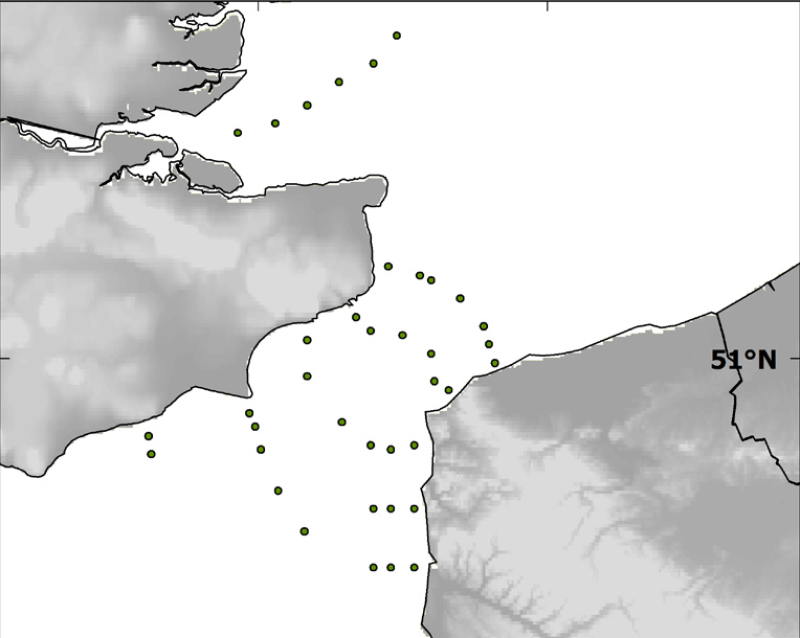
Localisation of the 39 sampled sites done during the BCD survey in April 1999.
-
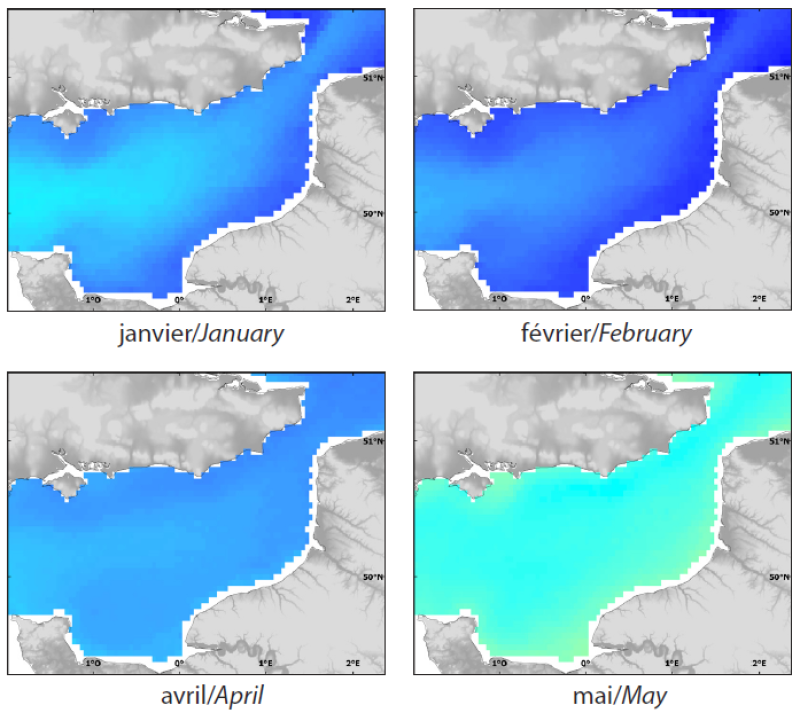
Sea Surface Temperature (SST, in °C)
 Mon GéoSource
Mon GéoSource